If you’ve found blue-eyed grass naturally occurring on your property, do you remember what its discovery felt like? It was likely in your lawn, right? Maybe it had been a really rainy spring, making it a challenge to get out there with the mower. Or you tried no-mow-May (which I don’t recommend – April is better for that here). Maybe you were admiring/dreading the slightly overgrown lawn when you spotted it. There it was, a tiny blue flower, but it looked like grass! When you looked closer, you realized it wasn’t exactly like grass at all. Then you started noticing it in other spots. How did you manage to miss it all this time? You had to tell the world about this cool flower in your yard!
The eastern yellow star-grass is similar in that manner. It isn’t as common as blue eyed grass in my experience where I live. However, it is certainly more common in other places under similar conditions. Unlike the blue eyed grass, this comes up from a corm. Also unlike blue-eyed grass, the flower stems are short; the grass-like leaves will be taller than the flowers. When you have a nice, mature clump of them, you may find a towering clump of leaves with a ring of yellow flowers surrounding it.
Despite how common this is, it’s not that easy to find in cultivation. I finally managed to get my hands on a few plants, and there’s more enough for me to grow a stable population here that can continue to re-seed and spread (so I can ensure I’d have more of them in the future). I potted up the rest, and that’s what’s in the shop now. Once these are gone, you’ll have to wait for me to grow more of them.
These are not self-compatible so you will need more than one plant for seed. Otherwise, I believe they may spread through offsets. Either way, everything I’ve read indicates they’re slow growing. They also don’t like competition from more aggressive species. In the meantime, I’ll continue to experiment with the plants I have to figure out what they like best.
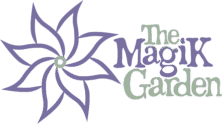
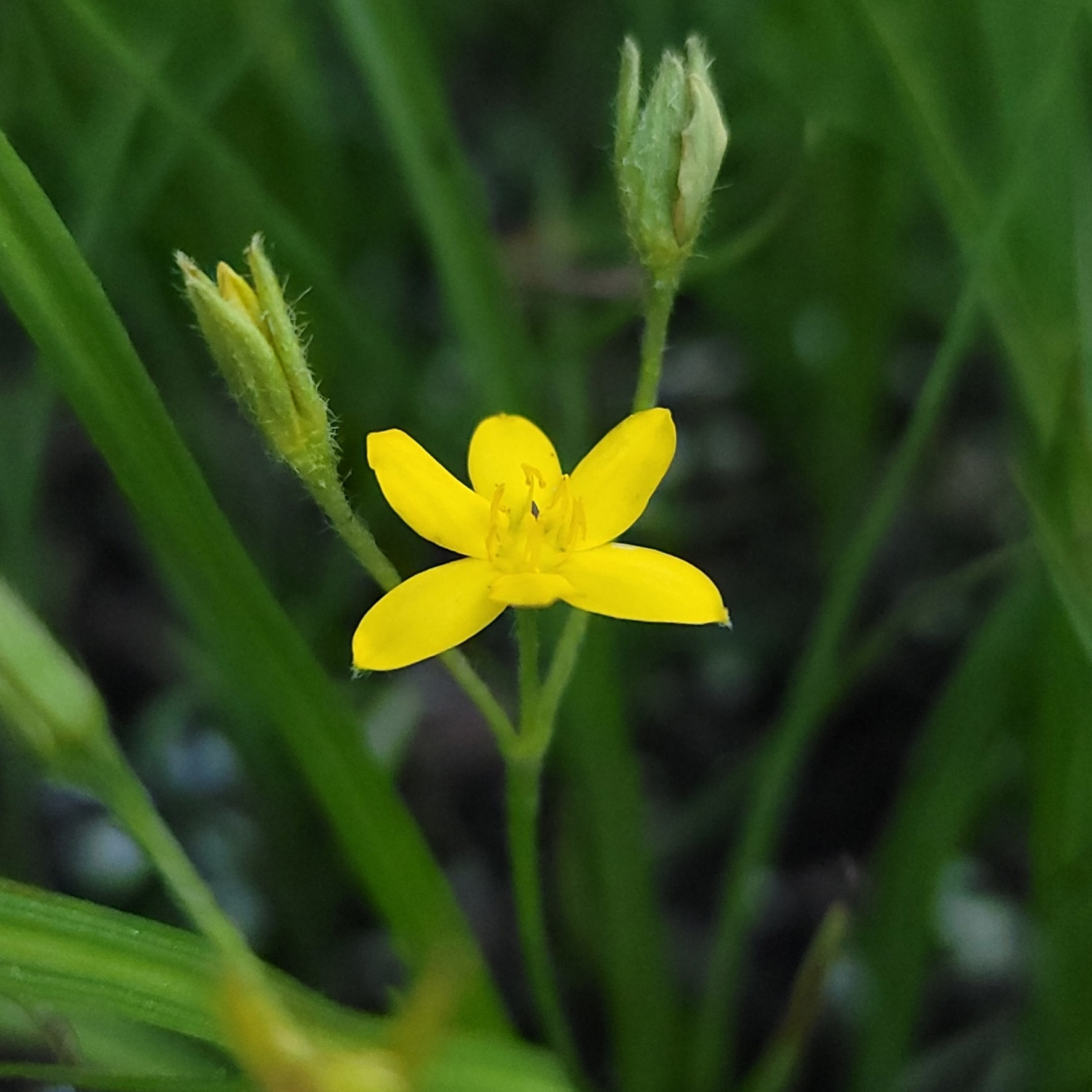
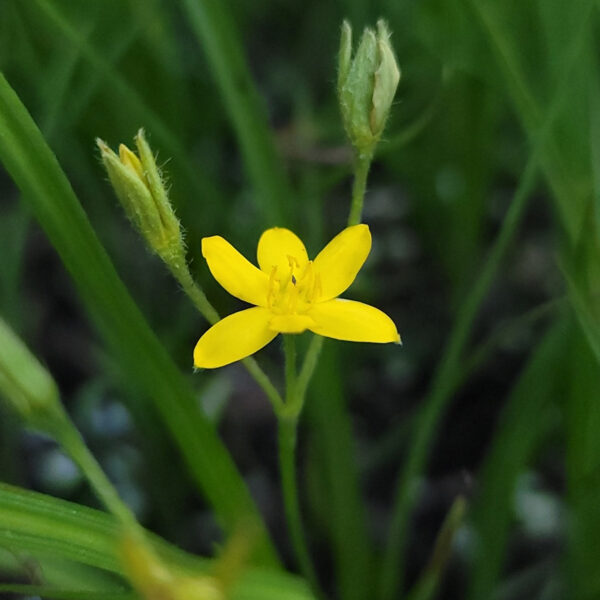
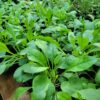







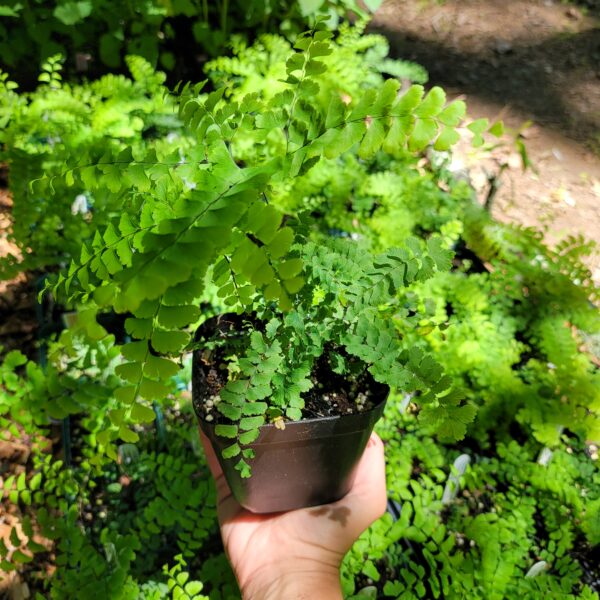

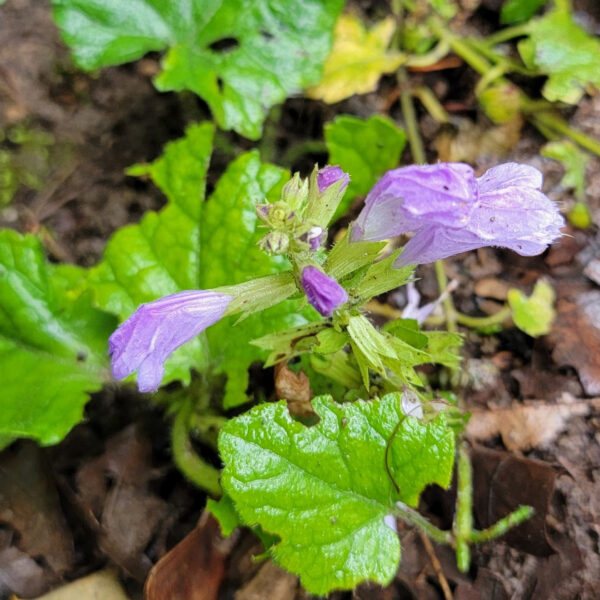
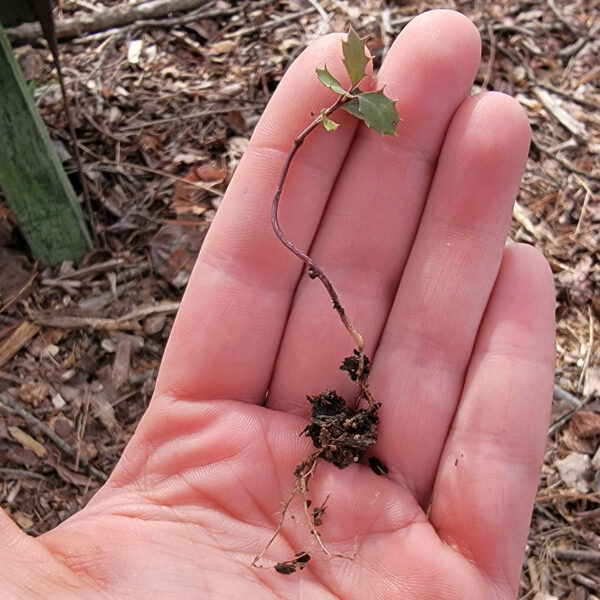
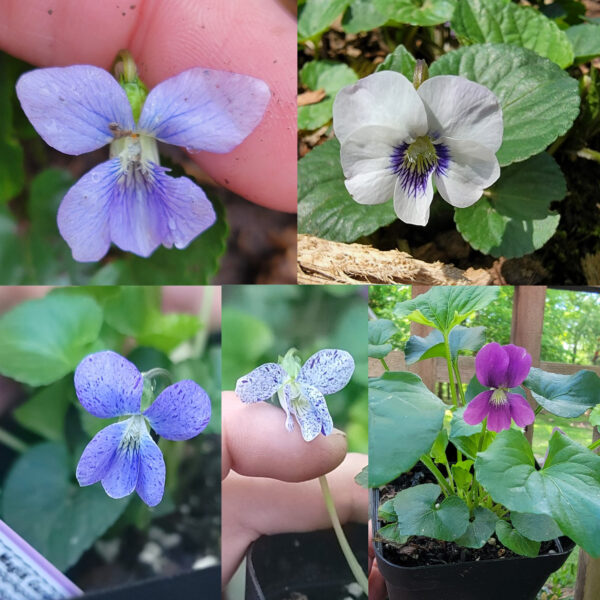
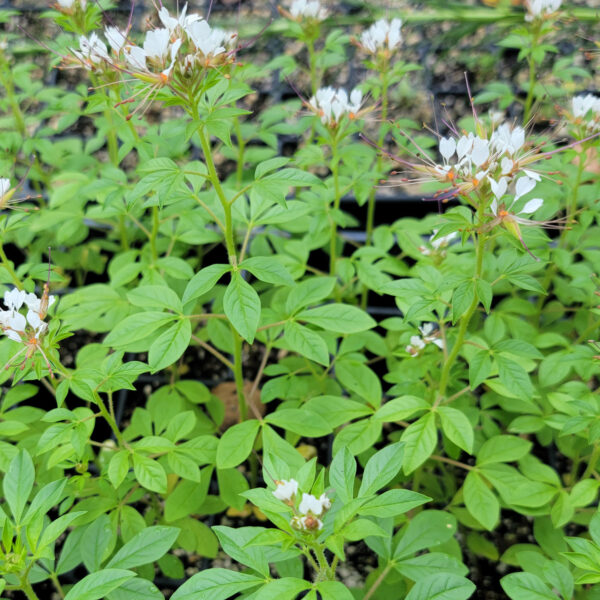

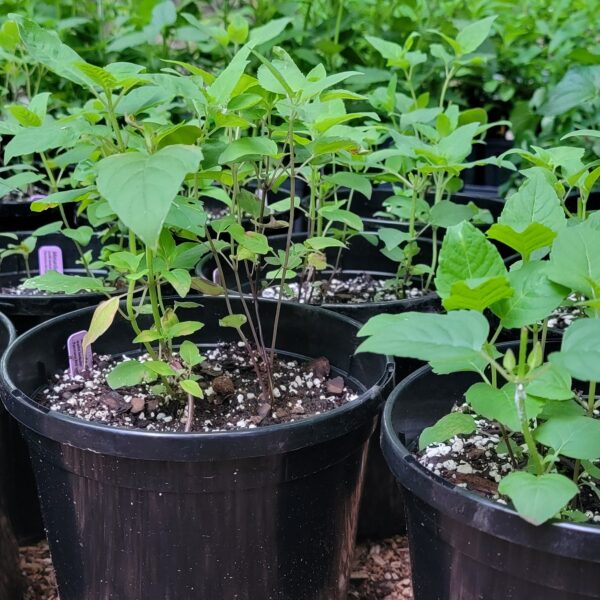
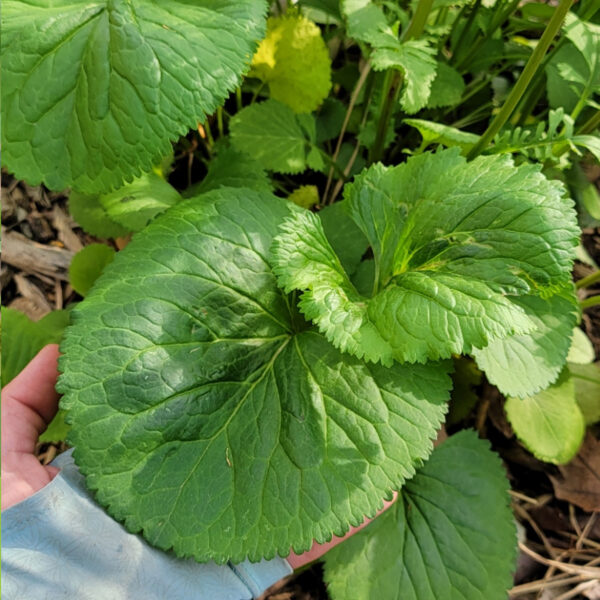



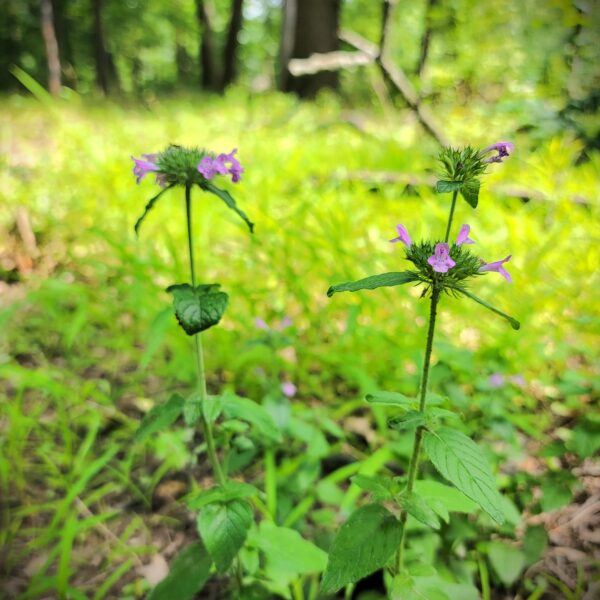


Reviews
There are no reviews yet.